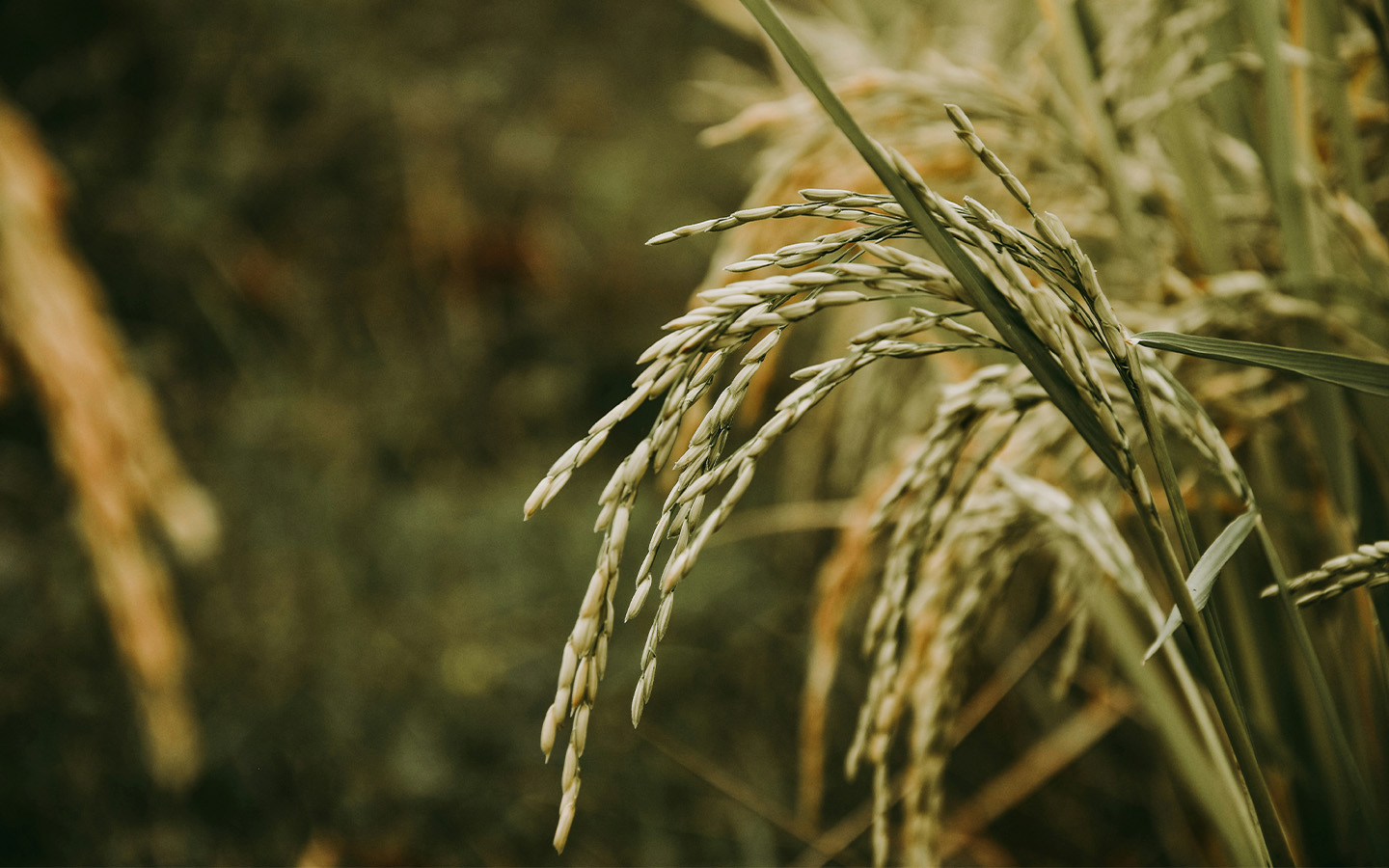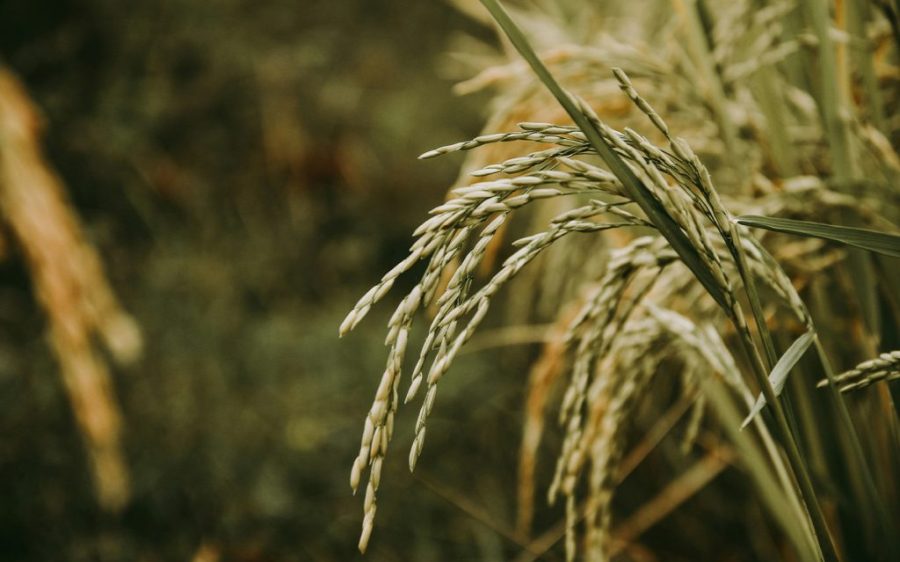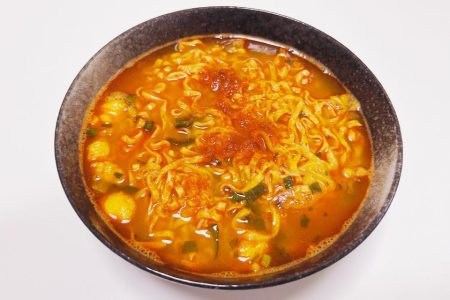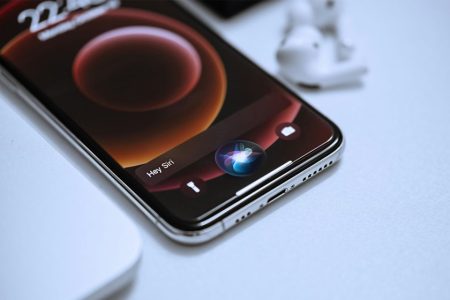The Philippine court of appeal has overturned a landmark 2021 ruling that allowed the Southeast Asian nation to be the first country in the world to grow the genetically modified crop Golden Rice commercially, the Guardian reports.
The legislative about-turn was the result of a Greenpeace campaign arguing that Golden Rice – developed to combat potentially fatal vitamin A deficiencies in children – poses (unspecified) risks to human health, and could interfere with local heirloom rice varieties through cross-pollination. Greenpeace has long taken a blanket stance opposing any genetic modification to food.
While the court’s decision to side with the environmental organisation is expected to be challenged by the Philippines government in the near future, it has been slammed as “a catastrophe” by Bonn University agricultural economics professor Matin Qaim.
[See more: Timor-Leste partners with UN to combat prenatal and infant malnutrition]
“It goes completely against the science, which has found no evidence of any risk associated with Golden Rice, and [if upheld] will result in thousands and thousands of children dying,” he said. Qaim is a member of the Golden Rice Humanitarian Board, which promotes the introduction of the crop.
Countries including the US, Canada, Australia and New Zealand have ruled that Golden Rice is a safe and effective means of boosting Vitamin A levels in humans. However, the crop has yet to be grown on a commercial scale largely due to Greenpeace’s vociferous opposition.
Many diets in developing countries are deficient in Vitamin A, a crucial nutrient supporting vision, immune systems, and other functions. The World Health Organisation describes Vitamin A deficiency as “associated with significant morbidity and mortality from common childhood infections, and is the world’s leading preventable cause of childhood blindness.”
[See more: Acute hunger is persistently high in dozens of countries, and getting worse]
Golden Rice was developed using genetic modification in the 1990s. It contains orange-coloured beta-carotene, a key precursor chemical used by the body to make Vitamin A.
In 2016 more than 150 Nobel laureates signed an open letter attacking Greenpeace for campaigning against Golden Rice and other GM crops. The letter asserted that Greenpeace had “misrepresented the risks, benefits and impacts” of genetically altered food plants.
The group’s leader in the Philippines, Wilhelmina Pelegrina, has argued that if “organic or heirloom [rice] varieties get mixed up with patented, genetically engineered rice, that could sabotage their certifications, reducing their market appeal and ultimately threatening their livelihoods.” Pelegrina claimed there were better ways to reduce Vitamin A deficiencies, such as supporting people to grow a range of crops including those naturally rich in vitamin A, like carrots.






